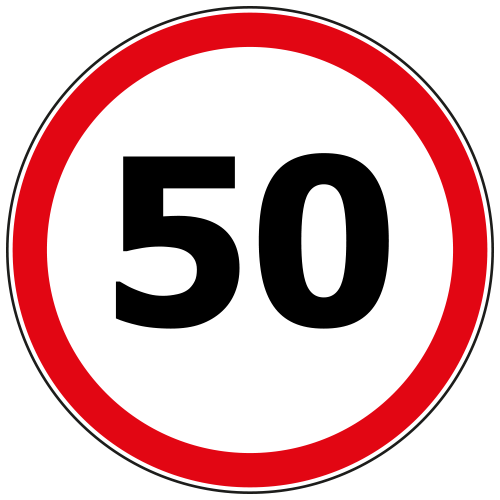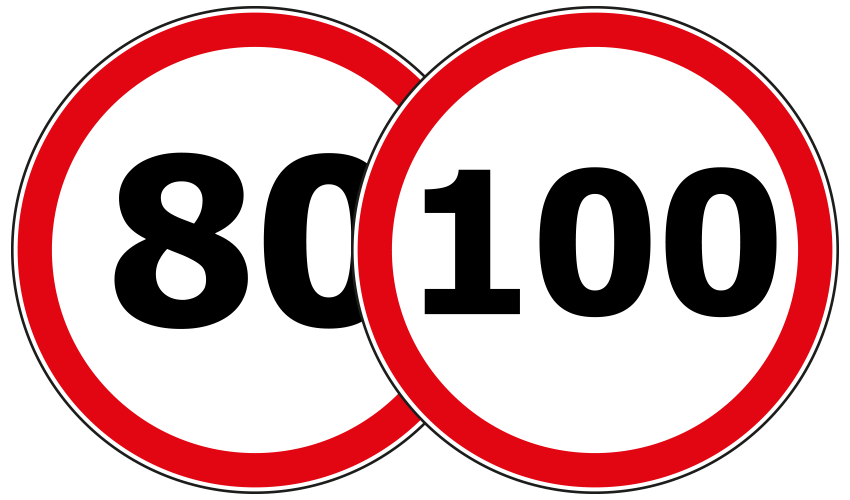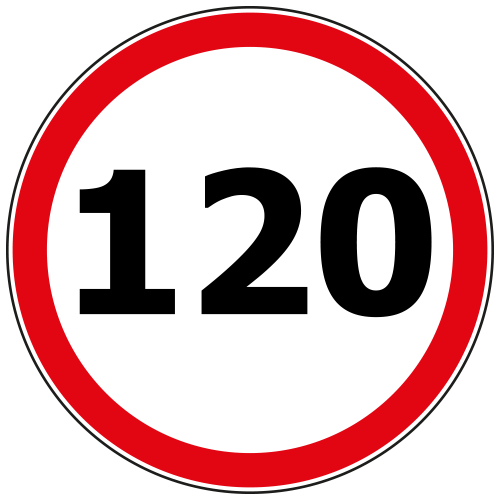driving and getting around in
Mallorca

This transport guide will provide you with all the information you need to know about driving and getting around this beautiful island. Whether you're looking to rent a car, take public transportation, or explore the island on foot, this guide will provide you with the best options for driving and getting around Mallorca!

Driving In Mallorca
Mallorca has some excellent main roads, making driving around the island relatively straightforward. For those who are used to driving on the left side of the road, it doesn’t take long to adjust to driving on the right when you come to Spain. Remember that traffic flows to the right at roundabouts. At crossroads, with no indications, give way to all vehicles approaching from the right. Especially when pulling out of a road junction don’t forget to drive on the right hand side.
The island has a network of more than 1,200 km of roads, of which over half are local or secondary. The mountain roads all have spectacular views and between small villages are narrower and sometimes have some impressive bends. Watch out for horse-drawn carts, donkeys, sheep, goats and old folk in the countryside, and in the villages be aware of children, old folk and dogs.
Village streets tend to be narrow and they can be a bit of a maze for anyone without local knowledge. It is often better to park on the outskirts and take a short walk into the village centre rather than risk finding yourselves in a tiny street which ends at a flight of steps, or needing to turn a corner which is just too tight for your vehicle to manoeuvre!
Speed Limits (km/h)

Motorways

Main Roads

Urban Areas
Although these are the standard speed limits in Spain they may vary in places, even on the same road. For this reason, it is advisable to keep an eye on the signs to check which maximum speed applies to the stretch of road you are on. Speed cameras, both fixed and mobile, are used a lot and the fines will find their way back to you, especially if you have a hired car.
Essential Driving Information
-
Seatbelts are compulsory for both front and rear seated passengers- this law is enforced with fines.
-
Children aged 12 or younger and children of less than 1.5 metres in height must wear the appropriate child restraint and sit in the rear of the vehicle.
-
The use of mobile phones is illegal unless an appropriate hands-free device is used.
-
The blood alcohol limit when driving is 0.25 milligrams per millilitre of blood.
-
The use of drugs is not tolerated. There are sporadic police controls, mostly at night, to detect alcohol and drug use.
-
When driving you must carry your driving licence, passport and car hire contract.
-
It is forbidden to stop or park on the carriageways or hard shoulder of main roads, except in the case of an emergency.
-
Do not throw cigarette ends, or any other object which could cause a fire, onto the roadway or surrounding areas.
-
Hazard warning lights should be used in cases of very slow-moving traffic to warn the vehicles approaching from behind of the danger.
-
When approaching cyclists using bicycle lanes and intersections, in town or out of town, reduce speed or stop to give way.
Most road signs are standard and used throughout Europe. However, you may encounter the following written signs during your travels:
Give way
"Ceda el paso"
Slow
"Despacio"
Danger
"Peligro"
Parking Tips To Consider
Parking can be difficult, especially in the larger towns and on the coast in the summer months. There are a few things to look out for when parking:
-
A yellow line painted on the road or pavement, either straight or zigzag, indicates an unloading area. Parking is not permitted here.
-
Parking in front of gateways or garages is forbidden, if these are marked by a numbered plaque saying VADO PERMANENTE or GUAL PERMANENT – your car could be towed away if parked here.
-
Blue lines on the ground indicate a ‘Pay and Display’ zone – to park here purchase a ticket from the metres located nearby and display this on the dashboard of your car. Failure to display a ticket or exceeding the time stated on the ticket will result in a fine, which can be paid at the local police station.
-
Invalid Permits – There are designated places to park for invalids. You may use your European Invalid parking permit in the special zones usually marked in blue paint and with a wheelchair.
A Guide To Petrol Stations
Petrol stations in Mallorca are normally open seven days a week, between 07:00 to 22:00 hours, some opening or closing slightly later. There is usually at least one 24 hour petrol station in major towns, the majority are self-service and some require you to pay before filling up. Generally fuel is sold by the cost rather than quantity; i.e. it is common to ask for 20 euros rather than 20 litres.
Most petrol stations in towns and on main roads will accept credit cards, but in some cases photo identification may be required with this form of payment. Some petrol stations have a shop where you can buy newspapers, magazines, soft drinks, crisps, biscuits and sweets.
Petrol stations are few and far-between in rural areas, so don’t let your tank run low if you are planning to explore the countryside. Also, bear in mind that small petrol stations in these areas may not accept debit or credit cards.
Unleaded
"Sin plomo"
Petrol
"Gasolina"
Diesel
"Gasoil"
Fill the tank please
"llene el deposito, por favor"
Dealing With Accidents
If you are involved in a traffic accident, contact your car hire company as well as the police (Tel: 112). In the event of a bumper to bumper collision a standard form is completed. Otherwise, the vehicles involved should not be moved until a police accident report has been drawn up.
It is compulsory to carry a reflective waistcoat and two reflective warning triangles in your car, which must be used to increase your visibility in the case of a breakdown or accident. Please check that your car hire is equipped with these items before accepting it. For all emergency services dial 112.

Getting Around Mallorca
Taxis
Taxis are the best option to avoid the worry of driving after an evening out. Ask the price before taking the taxi. For long distance journeys the tariffs are often displayed at the taxi rank. Sometimes extra charges are incurred for luggage, night time, holidays and weekends. Palma taxis use metres and the prices also vary according to distance, luggage, night time, holidays and weekends. Local taxi telephone numbers are normally provided in the Villa Information book at your Vintage Travel property.
Public Transport
The Mallorca Transport Consortium (CTM) is responsible for maintaining a reliable and economical public transport system throughout Mallorca. The means of transport grouped within the CTM are principally the train, metro and bus. View train and bus routes, timetables, fares plus park and ride services at: www.consorcidetransports.org/en
Bus
If you plan to catch a bus from the airport to Palma you need to take the Line 1 bus to the Plaça d'Espanya. Then take the stairs/lift/escalator down to the Intermodal underground Bus/Rail station (beneath Plaça d'Espanya). Here you will find the departure point for the public buses. Most buses are styled in red and yellow, the colours of the company Transport Illes Balears (tib). They usually display a placard in the front windscreen stating the destination route. Purchase your bus ticket on board.
Sa Pobla-Inca-Palma Train Service
There is a stopping train service from Sa Pobla-Inca-Palma which runs quite frequently. As the times may alter, please check at the station for the timetable. The train starts at Sa Pobla and stops at the towns of Muro, Llubí, Inca, Lloseta, Binissalem, Consell/Alaró, Santa Maria, Festival Park (Es Caülls), Marratxí, Es Pont d’Inca, Verge de Lluc and Palma (Plaça d'Espanya). Journey time from Sa Pobla-Palma is approximately 50 minutes. Bicycles may be taken on the train at off-peak hours free of charge – up to 4 bicycles per carriage.
Manorcor-Inca-Palma Train Service
The train from Manacor-Palma takes approximately 1 hour. The train starts at Manacor and stops at Petra, Sineu, Inca, Lloseta, Binissalem, Alaró-Consell, Santa Maria, Marratxí, Festival Park (Es Caülls), Pont d’Inca, Verge de Lluc, and Palma (Plaça d'Espanya).
Bus Services Which Connect To The Train Service
There are some bus services from outlying villages which connect to the train stations organised by tib (Balearic Islands Transport).
A single ticket please
"Un billete sencillo por favor"
Return ticket
"Ida y vuelta"
How much does it cost?
"¿cuánto es?"
The Sóller Railway
The Sóller Railway has linked the city of Palma to the town of Sóller since 1912 and still retains its original character. During the journey (approx. 55 minutes), the train offers the traveller a series of impressions of the Mediterranean landscape and the Tramuntana Mountain Range which can only be perceived from the railway tracks.
From the Sóller Railway Station there is an old-fashioned tram that goes to the Port de Sóller. The tram runs every half an hour. From Port de Sóller there are boat trips with Barcos Azules heading for Sa Calobra (weather permitting). Trains leave the station at Bunyola 25 minutes after their departure from Palma. It is best to avoid the 10.50 train (expected at Bunyola at 11.15) as it is usually full. There is normally space to park near the station.
There are two trains which include a panoramic stop, allowing passengers to leave the train to take photographs of the views (about 5 minutes) before continuing the journey into Sóller. www.trendesoller.com/en Please refer to the Villa Information book at your Vintage Travel property for more detailed information on public transport timetables and fares, or contact your representative should you have any queries.


